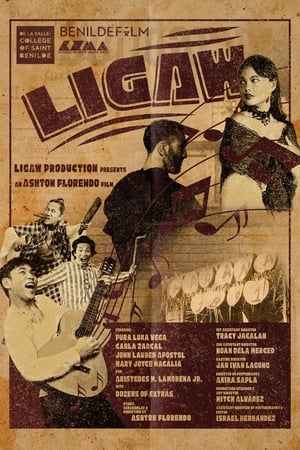

The Devil of Comparisons(2022)
A Very Long Short Film
The Devil of Comparisons (original title: El Demonio de las Comparaciones), was a 30-hour black & white silent film from 1929 by Narding Salome Exelsio (1883-1949). It explores the cyclical lives, deaths, and rebirths of Jose Rizal and his characters (played by hitherto unidentified actors) in a wasteland ruled by demons.
Movie: The Devil of Comparisons

El Demonio de las Comparaciones
HomePage
Overview
The Devil of Comparisons (original title: El Demonio de las Comparaciones), was a 30-hour black & white silent film from 1929 by Narding Salome Exelsio (1883-1949). It explores the cyclical lives, deaths, and rebirths of Jose Rizal and his characters (played by hitherto unidentified actors) in a wasteland ruled by demons.
Release Date
2022-09-25
Average
0
Rating:
0.0 startsTagline
A Very Long Short Film
Genres
Languages:
Keywords
Similar Movies
The Unfinished Journey(en)
A short about American life and history produced for the millennium New Year's Eve celebration.
The Dawn of Sound: How Movies Learned to Talk(en)
Film historians, and survivors from the nearly 30-year struggle to bring sound to motion pictures take the audience from the early failed attempts by scientists and inventors, to the triumph of the talkies.
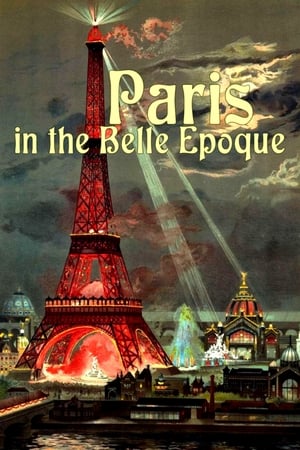 7.0
7.0Paris in the Belle Epoque(de)
The Bokelberg photographic collection brings to life the Paris of the Belle Époque (1871-1914), an exhibition of workshops and stores with extremely beautiful shop windows before which the owners and their employees proudly pose, hiding behind their eyes the secret history of a great era.
 6.3
6.3Life and Passion of Christ(fr)
The story of the life and passion of Jesus Christ, from the proclamation of his birth to his ascension into heaven.
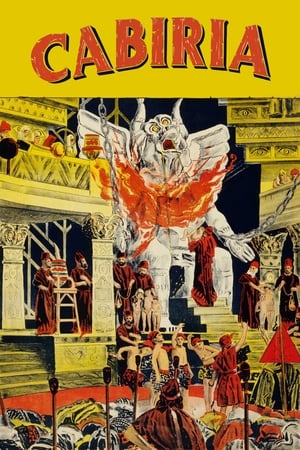 7.1
7.1Cabiria(it)
Young Cabiria is kidnapped by pirates and sold as a slave in Carthage. Just as she's to be sacrificed to Moloch, Cabiria is rescued by Fulvius Axilla, a good-hearted Roman spy, and his powerful slave, Maciste. The trio are broken up as Cabiria is entrusted to a woman of noble birth. With Cabiria's fate unknown, Maciste punished for his heroism, and Fulvius sent away to fight for Rome, is there any hope of our heroes reuniting?
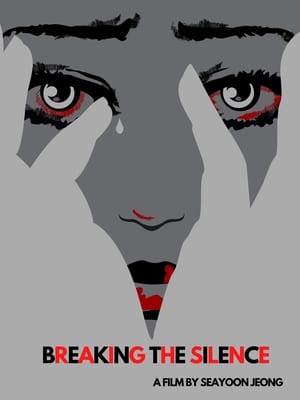 8.0
8.0Breaking the Silence(en)
Francesca, tormented by her past, breaks the silence to talk about surviving the horrors of the comfort stations of Imperial Japan.
 6.0
6.0Adrian Street: Imagine What I Could Do to You(en)
British legend Adrian Street reflects on his life and career in and out of the ring.
 0.0
0.0Samurai Swordfish(ja)
Edo, 1863. Aisuke Kajiki, a young blind swordsman, is entrusted the son of his best friend Toramaru Sakakibara, who is about to join the Shogun's Samurai Unit and promises to train him well. However, after Toramaru's death in battle, Eisuke drowns in a river and is transported in time to present-day Tokyo. Eisuke and his descendant, Ryusei, a college student, go to meet Toramaru's descendant, Taiga, a swimmer. The blind samurai's promise to his best friend in Edo is fulfilled 160 years later in present-day Tokyo through para-swimming.
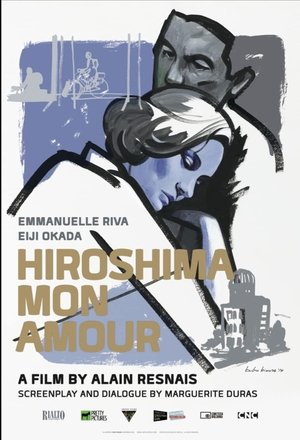 7.7
7.7Hiroshima Mon Amour(fr)
The deep conversation between a Japanese architect and a French actress forms the basis of this celebrated French film, considered one of the vanguard productions of the French New Wave. Set in Hiroshima after the end of World War II, the couple -- lovers turned friends -- recount, over many hours, previous romances and life experiences. The two intertwine their stories about the past with pondering the devastation wrought by the atomic bomb dropped on the city.
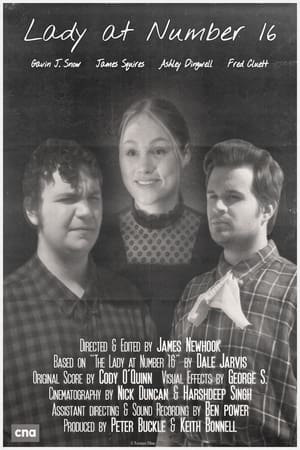 10.0
10.0Lady at Number 16(en)
Based on the tale by Dale Jarvis, "Lady at Number 16" tells the story of two sailors in the 1800s that help a young lady back into her mansion. They return a few hours later to realize that their night was not all that it had seemed, and it may have had a more sinister twist than expected.
 6.6
6.6A Man in Our House(ar)
A Man in Our House is a 1961 Egyptian film about the resistance to British rule in Egypt which ended in the exile of King Farouk in 1954 and the rise to power of Gamal Abdel Nasser.
 7.9
7.9Marketa Lazarová(cs)
Mikolás and his brother Adam end up with a young German hostage of noble blood during a robbery. While their clan prepares for the wrath of the German king, Mikolás is sent to pressure his neighbor Lazar into a defense pact. Persuasion fails and he abducts Lazar's daughter Marketa on the eve of her initiation as a nun in an act of vengeance.
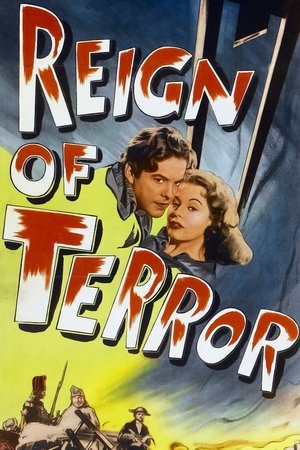 6.8
6.8Reign of Terror(en)
The French Revolution, 1794. The Marquis de Lafayette asks Charles D'Aubigny to infiltrate the Jacobin Party to overthrow Maximilian Robespierre, who, after gaining supreme power and establishing a reign of terror ruled by death, now intends to become the dictator of France.
Translating History to Screen(en)
Translating History to Screen (2008) Video Short - 10 June 2008 (USA)
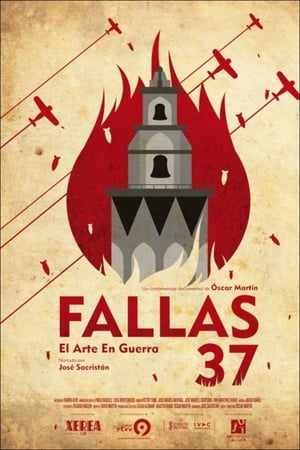 6.0
6.0Fallas 37: el arte en guerra(es)
In November 1936, a few months since the beginning of the Spanish Civil War, the government of the Second Republic moves to Valencia. In this situation, several Valencian artists and intellectuals decide to build four fallas — satirical plasterboard sculptures created to be burnt — to mock fascism.
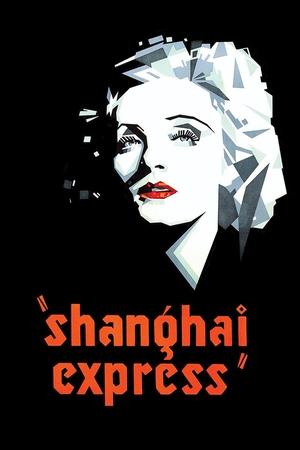 7.0
7.0Shanghai Express(en)
A beautiful temptress re-kindles an old romance while trying to escape her past during a tension-packed train journey.
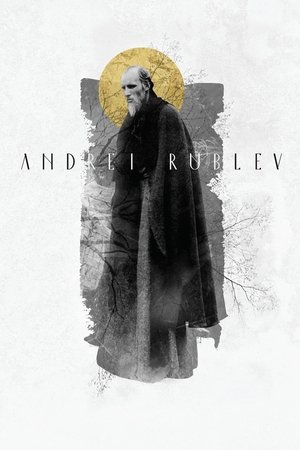 8.0
8.0Andrei Rublev(ru)
An expansive Russian drama, this film focuses on the life of revered religious icon painter Andrei Rublev. Drifting from place to place in a tumultuous era, the peace-seeking monk eventually gains a reputation for his art. But after Rublev witnesses a brutal battle and unintentionally becomes involved, he takes a vow of silence and spends time away from his work. As he begins to ease his troubled soul, he takes steps towards becoming a painter once again.
 8.3
8.3Paths of Glory(en)
A commanding officer defends three scapegoats on trial for a failed offensive that occurred within the French Army in 1916.
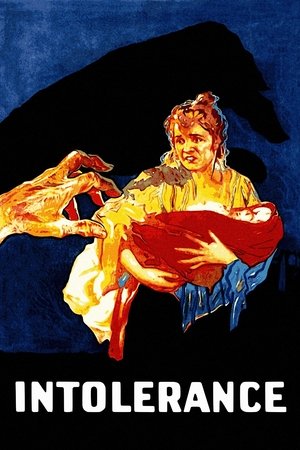 7.1
7.1Intolerance: Love's Struggle Throughout the Ages(en)
The story of a poor young woman, separated by prejudice from her husband and baby, is interwoven with tales of intolerance from throughout history.

